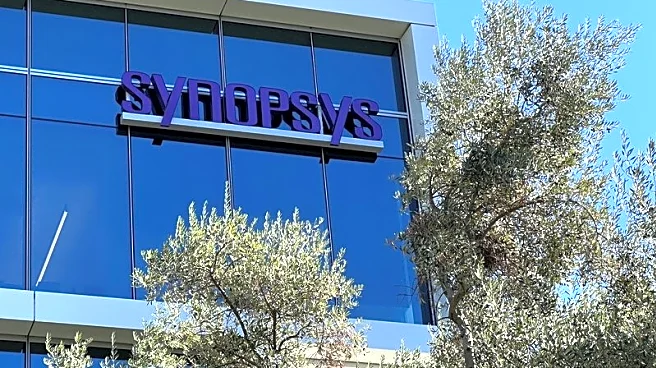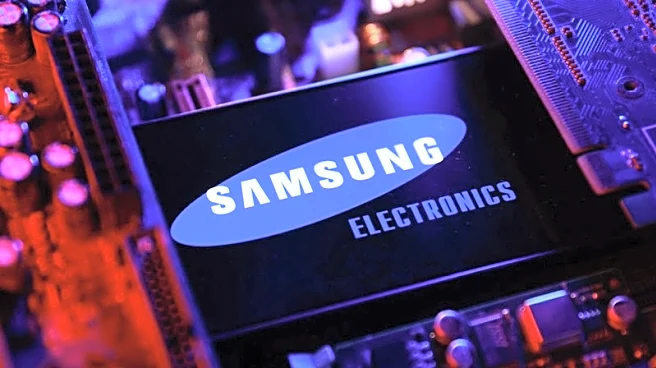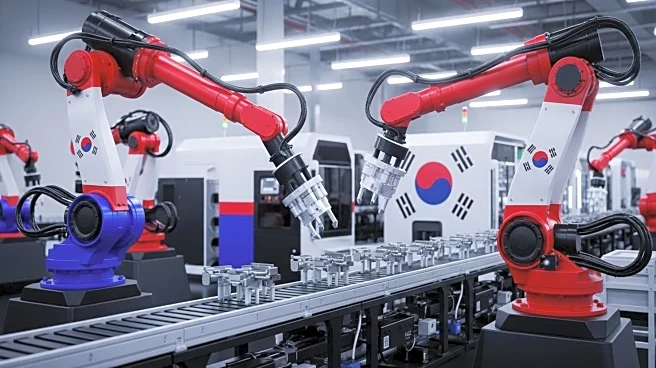What's Happening?
The United States government has acquired a nearly 10% equity stake in Intel Corporation, valued at approximately $8.9 billion. This transaction converts CHIPS and Science Act grants into a direct ownership position, effectively creating a U.S. sovereign wealth fund with Intel as a cornerstone asset. The move is driven by geopolitical concerns, corporate vulnerabilities, and political pressure, aiming to secure America's technological future. Intel, facing intense scrutiny and competition from rivals like TSMC and Samsung, accepted the deal to avoid forfeiting essential funding and to align with national security imperatives.
Why It's Important?
This investment marks a significant departure from traditional U.S. industrial policy, emphasizing direct government involvement in critical technology sectors. Semiconductors are vital for national security and economic stability, and this move aims to reduce dependency on foreign manufacturing, particularly in East Asia. The government's stake in Intel could bolster domestic semiconductor production, enhancing America's technological leadership. However, the success of this venture depends on Intel's ability to execute its turnaround plan and maintain independence from political influences.
What's Next?
Intel must establish a governance framework to ensure the government's role remains passive, focusing on market dynamics rather than political cycles. Transparency in strategy and performance is crucial to build trust with the government shareholder. Intel's ongoing investments in advanced fabrication plants are de-risked by this capital injection, but success hinges on meeting technological goals and regaining customer trust. The government may acquire an additional 5% stake if Intel's foundry ownership falls below 51%, ensuring manufacturing assets remain under American control.
Beyond the Headlines
The U.S. government's investment in Intel could set a precedent for future strategic national assets, potentially replicating this model to secure supply chains and technological advantages. The move reflects a broader shift towards active industrial policy, challenging the laissez-faire approach of previous decades. The success or failure of this initiative will influence future government interventions in key industries.













